…further proof that there are two Americas: the people who own stocks and mutual funds and have seen their assets rise dramatically in the 1990’s and those who are completely dependent on wages, which have risen far less if at all. –An Empire Wilderness: Travels Into America’s Future, Robert D. Kaplan
For many people, our vision of the outdoors comes from the halcyon days of the post-World War II economic prosperity. The outdoors is a place for everyone in the popular imagination. Dad would get off his well-paying job with benefits at the automotive plant, he’d pack up the family car with some gear not much different from his time in the army, Mom would pack some food, and the family would go off along on our growing national highway system to places such as Yellowstone, Yosemite, the Grand Canyon, and the myriad of other more local state and county lands to camp, hike, picnic, backpack, fish, or hunt.
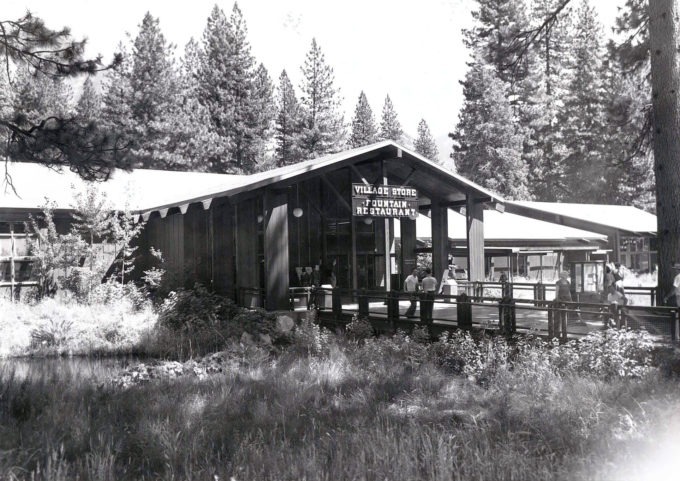
Village Store in Yosemite. c.1960 (Yosemite National Park Archives, YP&CC Collection, photographer: Philip Hyde)
While this idyllic vision did not exist for everyone (especially if you were not acceptably “white”), the reality existed enough that the National Park Service famously instituted the Mission 66 improvement plan that, again, many other public land agencies mirrored as well. Outdoor recreation boomed, be it for overnighters or day-use activities throughout the country.
However, in 2019, the landscape changed, as I discussed before.
We (Americans) work longer, increasingly not keeping up with the cost of living, and spend less leisure time on the outdoors or any aspirational pursuits for the matter.
In the time of COVID and wildfires, though, I see one outlier: The 10% of the outdoor user base that can travel a 100-mile round trip at least once a year for outdoor recreation.
I only have to look in my desert tourist town to see how traveling far for any outdoor vacation does not affect a comparatively small sliver of the population. A wildfire or a COVID outbreak? Move your vacation to another area. You have the financial and cultural capital resources to get an inexpensive flight, rent an RV, and are not in a high-risk group, unlike many in the service sector jobs. You can talk about Patagonia’s latest initiative, have a shopping bag with a green leaf on it, and not do anything to inconvenience your outdoor lifestyle.
Actual outdoor ethics? A bit more of a sticky wicket
Cutbacks in our public lands for various reasons, along with the services? Well, the friendly park ranger now does parking duty more than interpretation. Have no fear; you can hire a day guide like me in a recent past life. Rather than a public servant with a good wage and benefits, you can hire a person for you and your family exclusively. Tip well; the guide has no benefits or retirement plan unless it is a side gig.
In short, outdoor recreation is increasingly becoming the trend that’s heading upon us in the past couple of decades, Mainly for the affluent and college-educated subset of our population.
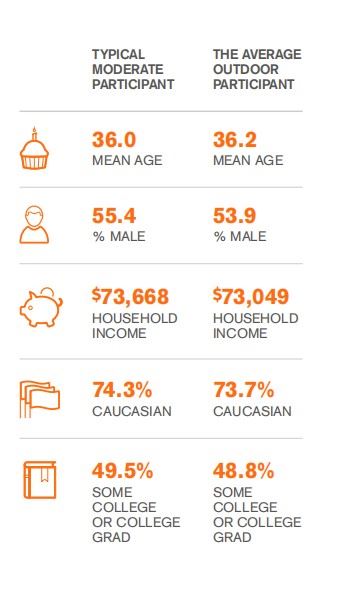
Per the Outdoor Participation Report, 2018, by the OIA. The median household income in 2018 was $62k/yr by comparison.
Of course, these stats factor in all outdoor users and not the 10% traveling to go to Moab or similar for a vacation. I suspect the NPS stats for the Appalachian Trail mirror your typical long-distance recreation traveler. Meaning a higher education and income overall.
So, what does all this mean? I think outdoor recreation is reverting to an older model of use.
Let us look at the past of outdoor recreation in relatively modern times.
If you look at the many national parks with rail lines and luxury hotels, you see that the national parks (and outdoor recreation to a lesser extent overall) ended up largely enjoyed as an activity for the wealthy.
Our nascent road network in the US did not lend itself to the few automobiles traveling at the time, and air travel meant something dashing, romantic, but perilous. The parks and outdoor areas overall meant remote travel, something best served by rail lines. You needed economic resources not tied to wages and time to enjoy it all.
“Our best idea” made a great idea for the wealthy.
However, post-World War I much changed. The availability of surplus military gear and clothing made the outdoors a bit more accessible. The further rise of the so-called professional class came about in our cities in the 1920s, and they had more money and leisure time. And many of our famous outdoor clubs were founded or matured about that time in response. Crucially, the automobile became a stable, relatively affordable, and reliable technology with an expanded road network.
The upper-middle-class now enjoyed the outdoors regularly.
And here we are in 2020. This is a bit different from the widespread enjoyment of outdoor recreation that spurred Mission 66 and similar programs.
RV sales and rentals are currently booming, #vanlife is a trend, airfare for recreational travels is affordable for the so-called professional class (even pre-COVID), and though you can get outdoor gear on a budget, it does take some finagling or looking at ideas not readily apparent. The perception is that outdoor gear is expensive. And often the reality.
Additionally, it would help if you had a stable job with set hours to enjoy time to go out outdoors regularly, especially with a family. Finally, you need reliable transportation with ample room to make long-distance travel realistically. Auto prices increased more than wages and the older used vehicles that people with lower wages purchase often aren’t reliable enough to make that kind of travel feasible.
The affluent consumer class can pick up and go to different places for their outdoor recreation when a fire closes an area and realistically ignore COVID concerns (or perceive it that way.)
In short, we are back to a 1920s paradigm. Outdoor recreation is rapidly becoming the province of the well-educated, affluent, and people with real leisure time and flexibility (Not just recovery time for the workweek.)
Paul, you hypocrite, much of your life revolves around the outdoors!
You are absolutely correct.
I will state upfront there is nothing wrong with making money and then enjoying the leisure it affords on our public lands. I do, after all. And frequently.
However, let me tell a tale from my personal history. I did not visit my first national park until I turned 24. And, until my early 20s, I went on perhaps three or four camping trips in my life, all of those within my home state of Rhode Island. The exception? A life-altering trip to New Hampshire trip, one long weekend.
Part of that’s cultural, no doubt. Why work hard all day, usually outside, just to recreate physically on your time off????
But a large part is financial. Dad often worked overtime on Saturdays to pay the mortgage and other bills involved with a young family. And Mom worked odd hours with a varied schedule so her boys would not be without at least one parent during the day.
Driving far to outdoor recreation did not fit our time or financial budgets. And Dad, no doubt, felt too tired to go camping on a Saturday evening after working for most of the day since 6 AM. Sundays meant recuperation to start the workweek over again. And, again, Mom’s workweek varied. Raising three boys and often working the second shift left her tired. Something my adult self appreciates more than my younger self.
And Dad’s fortunate – he worked a skilled trade that provided a modest but comfortable living overall for our family. Something increasingly rare in our stratified service-based and knowledge-based economic divide in 2020.
A trip I took back in October 1986 resonated so much because of how special I found the trip due to its rarity (In New Hampshire! In the mountains!) That one trip, with no exaggeration, altered my life’s trajectory.
Would a 2020 version of my 12-year-old self have the same opportunity today? Probably not.
Though Joan and I live modestly to live in an area blessed with outdoor opportunities (and, crucially, have no children), our previous lives allowed us some financial and cultural capital to enjoy our life as we live it now. We both have skill sets that let Joan pursue her dream job and let me always find employment, even in a tourist town.
Only when my brothers, cousins, and I moved to the so-called professional class did outdoor recreation become available. Family members pursued other traditional middle to upper-middle-class pursuits, and I gravitated toward the outdoors.
In 2020, I think that trend is even more noticeable. We can talk about how the outdoors makes us all equal. But the truth is there is increasingly less access to the outdoors unless you come from a specific niche in our society. (And once in the outdoors, it’s easy for someone to say “we are all equal” if you have certain racial, ethnic, cultural, financial, and other privileges.)
The bankers, lawyers, and doctors who drove their Fords on Appalachian Mountain Club trip in 1925 are now bankers, lawyers, doctors, and software engineers driving their Sprinter Vans with mountain bikes to Moab instead.
Perhaps it is inevitable.
But if we want real protection of our public lands, it will take more than 10% of the population who can afford to visit Arches and Yosemite.
When over 40% of the population makes only $18,000k a year, and nearly 80% live paycheck to paycheck with these already meager funds, outdoor recreation understandably becomes a lesser priority.
We need a strong middle class again and a diverse one: people who can afford to recreate outdoors and have the time to do so, just as many people did in 1966.
And how to do that? I don’t know. But I know we have an opportunity to start the process on November 3rd.
We need to get the next generation of twelve-year-olds introduced to the outdoor spaces. We need to do our best to show them the mountains and the desert and get them excited about the wild places.
Get out, vote, and if you are fortunate enough to have the privilege to spend time outdoors, for God’s sake, think of how your decisions to travel long distances impact others.
Finally, rather than drive to Moab or pay for a backcountry guide and then fly out for your #EPIC vacation, consider staying closer to home and donating some of those funds to Big City Mountaineers instead. Inspire someone else who never thought of the outdoors at all and give them an opportunity to see nature up close.
And make an actual difference beyond using an unneeded reusable straw or using a shopping bag with a green leaf on it.
UPDATE APRIL 2022 –
A recent study confirms that, gasp, these reservation sites make it so that –
“Scenic national campground sites in the United States that require highly competitive reservations see more white, high-income visitors than campsites that don’t require reservations.”
and
“You also need flexibility to plan your trip for six months from now. People with lower-income jobs often don’t have the ability to set vacations that far in advance.”
So, the outdoors continues its trends toward the public lands, starting to reflect the 1920s model more and more.
Further reading…
- On The Trail: A History of American Hiking gives a history of much of the rise of outdoor recreation as we know it today.
- Uncertain Path: A search for the future of national parks gives some ideas to think about what kind of national parks we want in our country’s future
- An Empire Wilderness: Travels into America’s Future, though published in 1999, seems rather prescient about the current economic divide in our country.

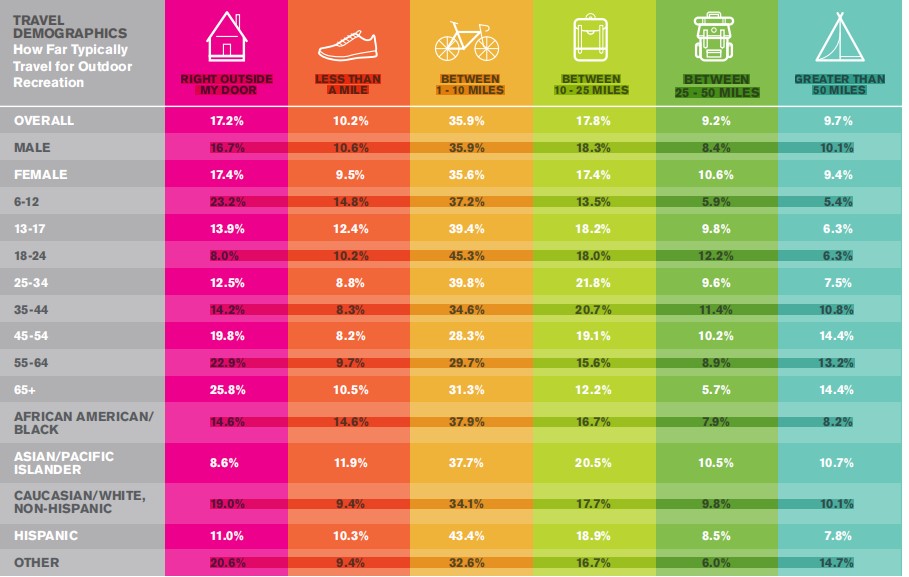
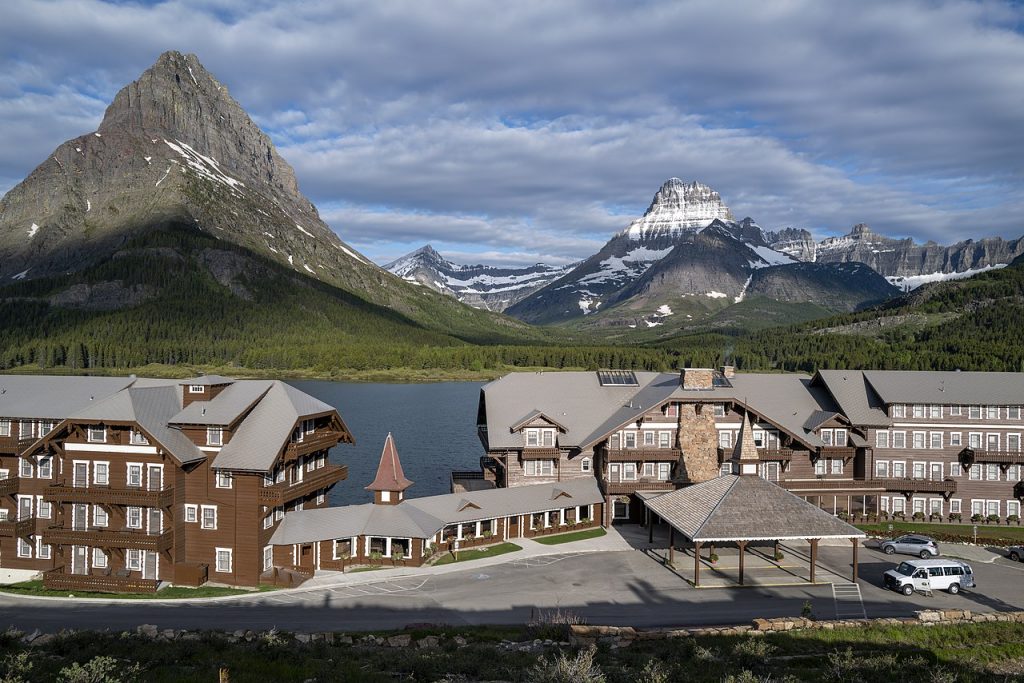
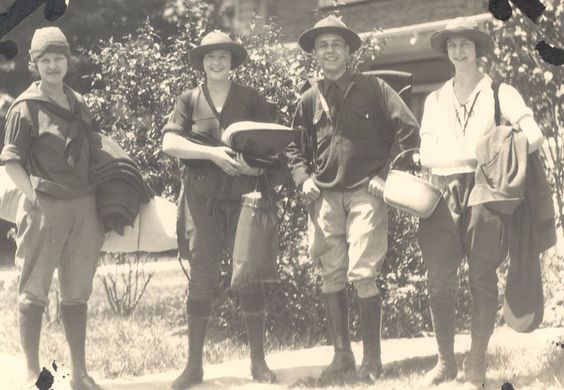
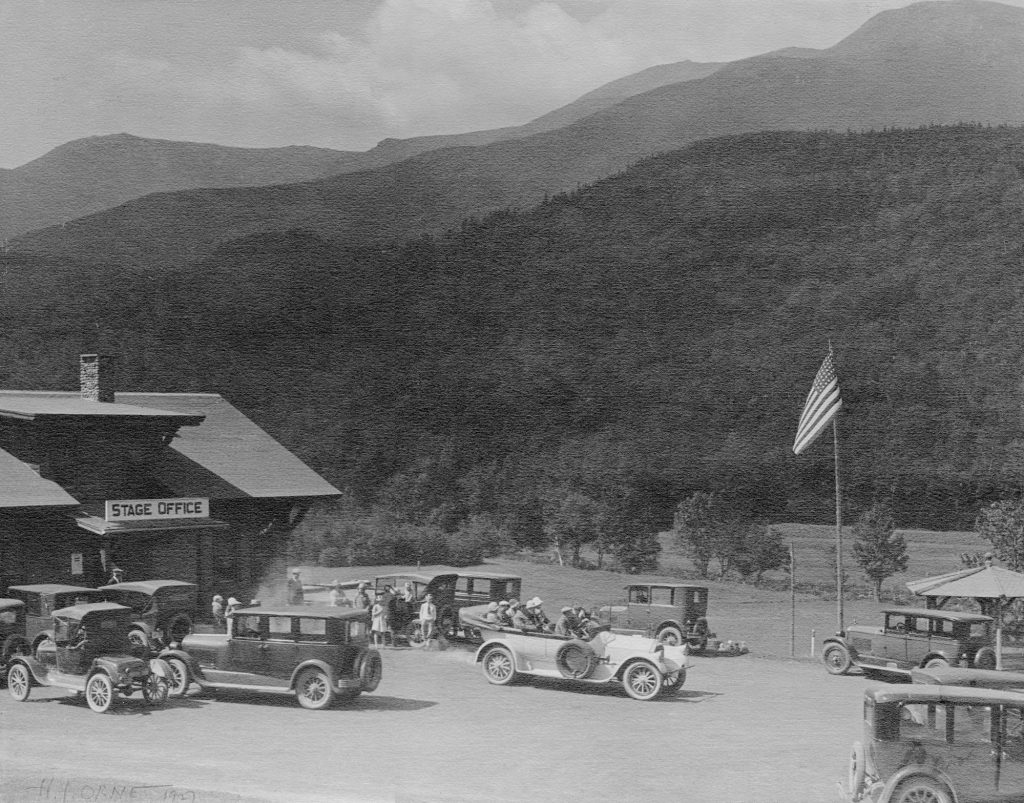
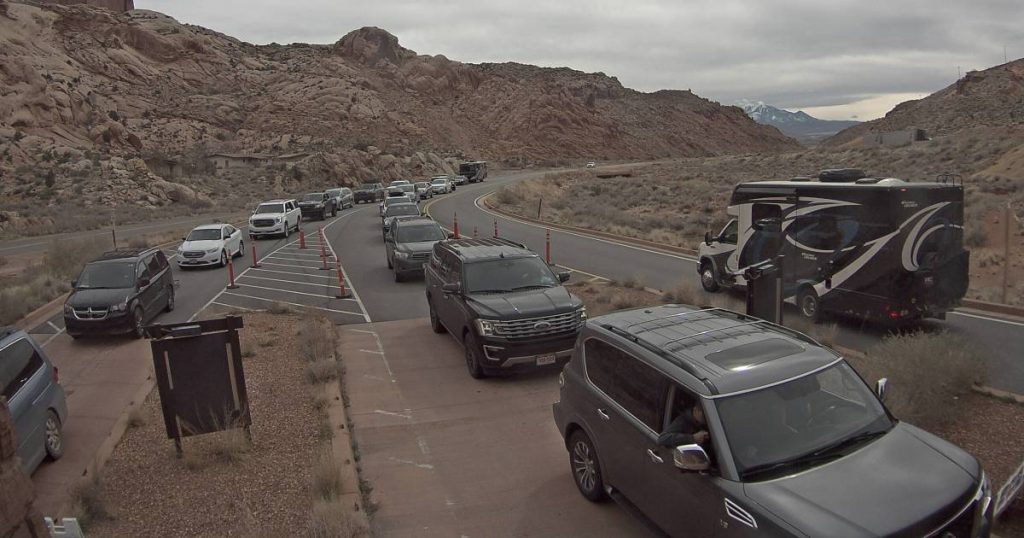
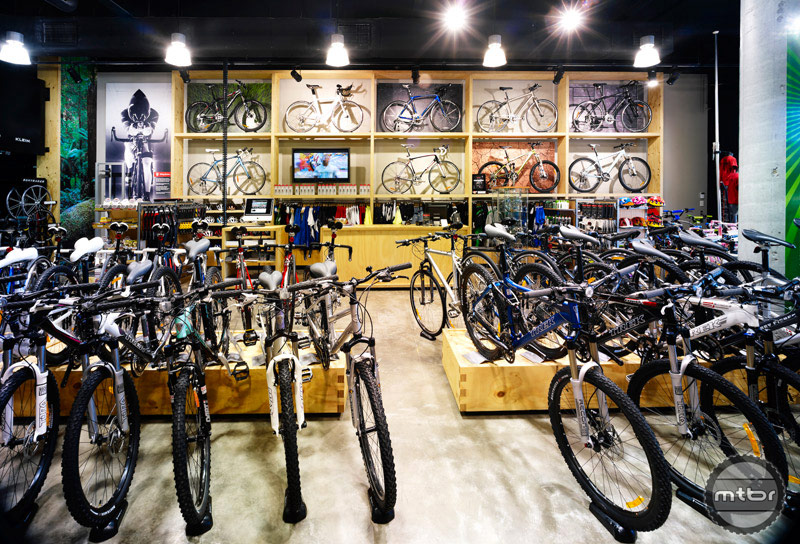
So much love for this article. Abbie Hoffman would’ve liked this.
“Sacred cows and hamburgers” comes to mind. 🙂
Great article! Well said!
Thank you! I’ve had these thoughts for a while now.
Paul, I am a huge fan of the information and ethos you promote but this article just felt a little bit like shaming and climbing up in the treehouse and pulling up the rope ladder behind u. “Don’t travel more than a 100 miles. Stay local.” I agree with your concerns bc we are in a pandemic but it is a bit easier to abide by that when u already live in Moab. I wish there were more ways to level the playing field economically or when it comes to outdoor access. It just feels like trying to do so… Read more »
I agree with your concerns bc we are in a pandemic Exactly. I would not have written this article if I did not see so many traveling across the country to have a vacation. Yet, the affluent outdoor users chose to live where they live because of the lifestyle it provides. Now we are simply being asked for others’ safety to make a choice of privilege and keep it local for now. I gave up a higher salary so I could lead the life I live. Should I complain I make half of what I used to earn as well… Read more »
ps. Though we disagree, I sincerely appreciate the kind words, the discourse, and the difference of opinion respectfully conveyed. Thank you!
I am blessed to live in a town with more than a dozen places to access a trail within a 25-minute drive. Some trail head properties are smal (500 acres or less) county “wilderness” areas. Some are trail heads for the Florida Trail. During the pandemic, the most popular trailheads are mobbed. Hiking is a good, cheap way to get out of the house No out of.state license plates, apparently mostly locals wanting to get.out. This popularity kept up even in Florida’s summer climate–94 degrees with 75-80 percent humidity with sometimes ankle.to knee deep water. Local social media is full… Read more »
I agree with the rough contours of this article – that a more diverse set of outdoor recreationalists is desperately needed. The ski industry is a perfect example IMO. Over the past decade or so, the average lift ticket price has doubled – at many top-flight ski areas, you’ll pay $120-$150 per day. This is clearly unaffordable for the vast majority of people. Despite the short-term profitability of milking the same (shrinking) user base for more and more money, eventually the ski industry will regret these policies – perhaps in a decade or two when the next generation grows up… Read more »
Fair enough. But when nearly 40% of the work force make 18k or less per year, I don’t think it is hyperbole at all.
(BTW, LB and I know each other well. We are both opinionated bastards who have had a similar discussions over beers in the very room I am typing. Proof you can disagree and still be friendly. If shoving rocks in someone’s pack before a climb up a canyon! )
I see your statistic that 73% of outdoor participants are Caucasian. But that is less interesting when you realize the 73% of Americans are Caucasian. Nevertheless Big City Mountaineers is a good cause. I would also recommend BlackPackers in Colorado.
I am less interested in ethnic backgroud than the socioeconomic disparity. Which I think I made obvious:
Outdoor recreation is rapidly becoming the province of the well-educated, affluent, and people with real leisure time and flexibility (Not just recovery time for the workweek.)
Interesting thoughts. I have been reflecting on the phenomenon of empty, unused, and neglected hiking trails that seem now to be remnants from a time when spending time outdoors was promoted as more of an every-person ideal…boy scouts, etc? National Parks may be overrun by crowds, but the local and state park systems in less glamorous places feel like whispers of what they would be if the working class wasn’t so hard pressed.
And an addendum: if you are not independently wealthy, the scarcity of time off prioritizes taking a 100-mile+ outdoor trip over the options closer to home. If you are fortunate enough to have paid time off, it may only be 10 days a year, so it’s a “go-big-or-stay-home” decision process. Why fritter away PTO on little 3-day weekend trips in your home state when you can take one or two week-long trips to nicer destinations? The result, in my observation, is that local spots are barely visited.
Not no disagreement except for the independently wealthy part. I’m from a very working-class family (family of tradespeople) and saved money to fund my jaunts over the years. I also made choices not right for everyone (no children, lifestyle, skill set). Now, the lack of PTO is a very American issue. Which goes to the squeeze you mentioned. And ties into the working-class issues you mentioned, too.